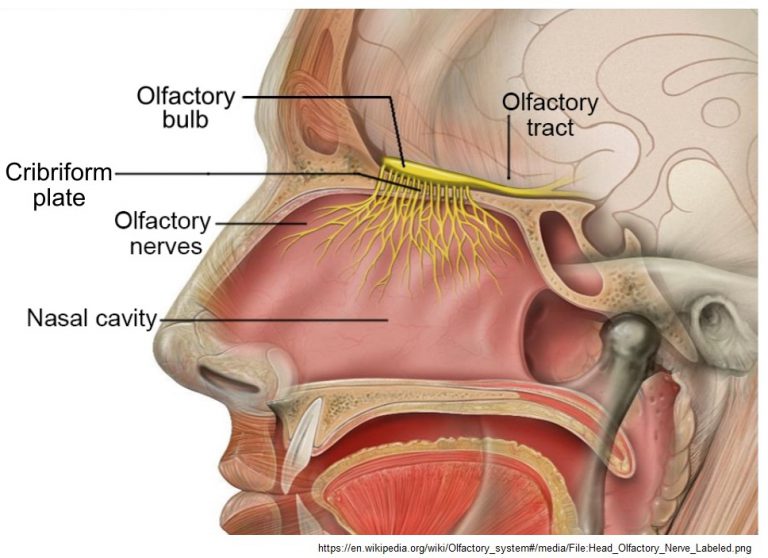A team of researchers have identified biological factors that might help predict if a person will develop long COVID.
Reference
Researchers have found that negative smells associated with unpleasantness or unease are processed earlier than positive smells and trigger a physical avoidance response.
Olfactory bulb is the first part of the rhinencephalon (literally "nose brain").
It has direct connections to the important central parts of the nervous system that helps us detect and remember threatening and dangerous situations and substances.
It processes smells and in turn can transmit signals to parts of the brain that control movement and avoidance behaviour.

Reference
Researchers from Kerala have identified two new fungi species from the genus Ganoderma - G. keralense and G. pseudoapplanatum - that are associated with coconut stem rot.
Basal Stem Rot causes a huge loss: By some estimates made in 2017, in India, around 12 million people are said to depend on coconut farming.
Reference
The Border Roads Organisation (BRO) conducts final blast concluding all excavation on Sela Tunnel Project.
Reference
By studying a mineral named bridgmanite, researchers have suspected that Earth’s inner heat is dissipating sooner, making it cool faster than expected.
|
Type |
Component |
|
A |
Metal that forms cations - Magnesium or Calcium |
|
B |
Metal that forms smaller cations - Silicon or Aluminium |
|
X |
Oxygen |
Reference